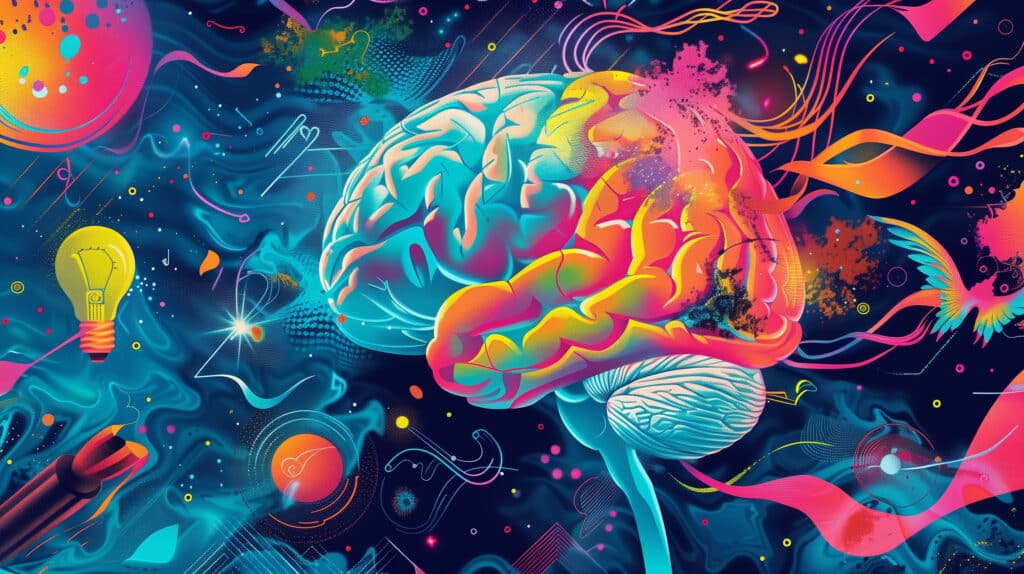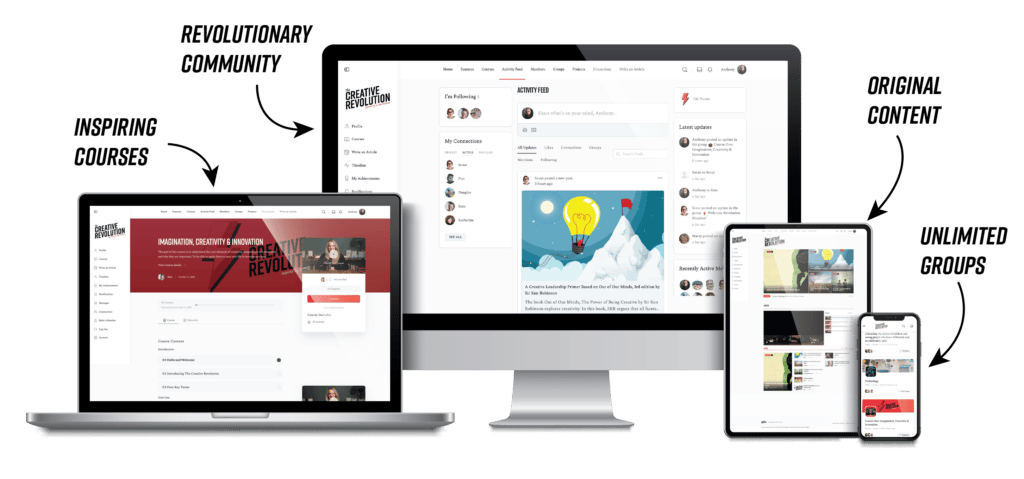Creativity is not just an artistic endeavour but a cerebral celebration. When we engage in creative activities, whether painting, writing poetry, or devising a new business strategy, we ignite a symphony of neural activity that not only brings immense pleasure but also significant cognitive benefits. Understanding why our brains are wired to enjoy and benefit from creative processes can transform our approach to personal and professional challenges, making our lives richer and more fulfilling.
The Creativity Brain Connection: Understanding Neural Networks
Pretty cool, right?
The Dopamine Effect
One key player in why creativity is so enjoyable is dopamine, the neurotransmitter often associated with the brain’s reward circuit. When we engage in creative activities, our brain releases dopamine, leading to feelings of pleasure and satisfaction. This release encourages us to continue engaging in these rewarding activities, reinforcing the creative behaviour.
Creativity as a Stress Reliever
Engaging in creative activities has been shown to reduce anxiety, stress, and mood disturbances. A study published in the Journal of Positive Psychology shows that people who engage in everyday creative activities report feeling happier and more relaxed. This is likely because creative engagement can lead to a state known as “flow,” characterised by complete immersion in an activity, where time seems to stand still.
Creativity and Brain Plasticity
Encouraging Creativity for Cognitive Health
Given the compelling benefits of creativity, incorporating creative exercises into daily routines can be a delightful and effective strategy for enhancing cognitive function. Here are a few suggestions on how to weave creativity into the fabric of everyday life:
- Dedicate time to daydream: Allow your mind the freedom to wander. This can lead to unexpected connections and ideas.
- Pursue a hobby: Whether it’s learning a musical instrument, painting, or writing, regular engagement in hobbies stimulates your brain.
- Challenge yourself: Tackle tasks that require you to think outside the box. This could be something as simple as writing a poem or designing a new recipe.
Conclusion
Engage in the joy of creating and watch as your world transforms, not just on the canvas or the page, but in the very wiring of your brain.
Some thoughts...
How do you integrate creativity into your daily routine? Share your unique methods or routines that help you keep your creative juices flowing.
What creative activity brings you the most joy and why? Whether it’s painting, writing, or solving complex problems, we’d love to hear what creative pursuits captivate you.
Have you ever experienced a ‘flow’ state while being creative? Describe what it was like and how it impacted your feelings of accomplishment and well-being.




